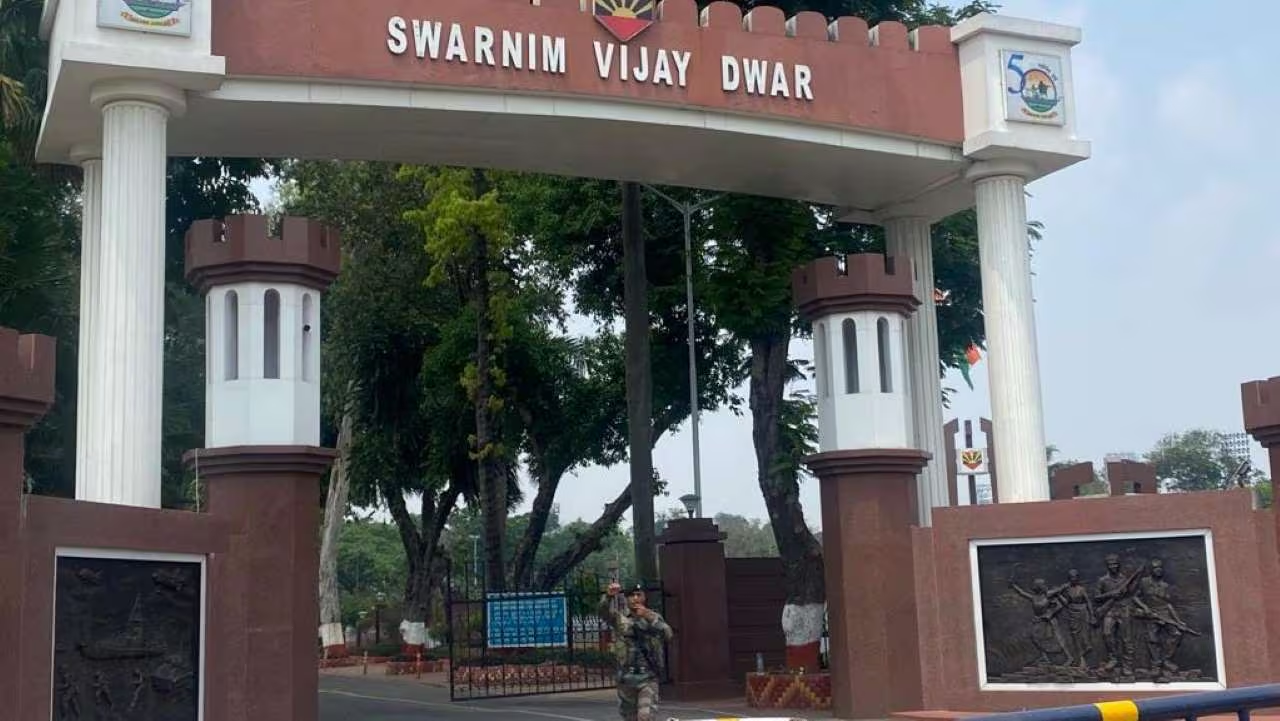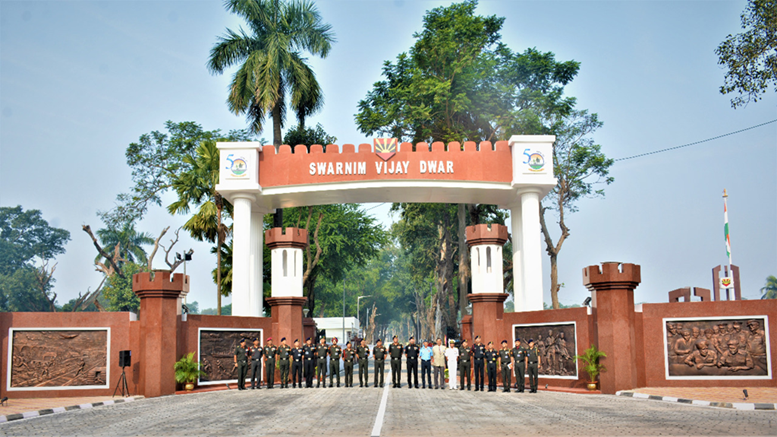In a significant move aimed at shedding colonial legacies, the Indian Army has officially renamed the Eastern Command headquarters from Fort William to Vijay Durg. The name change, which took place in mid-December 2024, draws inspiration from the historic Vijaydurg Fort on Maharashtra’s Sindhudurg coast, a former stronghold of the Maratha Navy.
A Symbolic Shift Towards Indianisation
Sources within the defence establishment confirmed that the name change was an internal decision, aligned with the broader efforts towards the ‘Indianisation’ of the armed forces. While no formal announcement has been made, the change has been widely acknowledged within military circles and the local community.
“The intention behind the change of name was taken on the lines of the armed forces’ decision to shed colonial legacy and move towards Indianisation of the forces,” a senior Army officer stated.
The renaming reflects the government’s continued focus on reclaiming India’s historical and cultural identity within its military institutions, moving away from names and symbols rooted in the British colonial era.

Why Vijay Durg?
The name ‘Vijay Durg’ is derived from the Vijaydurg Fort, an iconic maritime fortress that served as a strategic naval base for the Maratha Empire.
- Historical Significance: Originally constructed during the reign of Raja Bhoja II of the Shilahar dynasty, it was later fortified by Chhatrapati Shivaji Maharaj.
- Strategic Edge: Known for its impregnability, the fort allowed the Maratha Navy’s warships to remain hidden from enemy forces, enhancing their naval warfare capabilities.
- Legacy of Resistance: As noted by historian Philip MacDougall in ‘Naval Resistance to Britain’s Growing Power in India, 1660–1800’, the fort played a key role in resisting British maritime dominance.
Fort William: A Colonial Legacy
Located on the eastern banks of the River Hooghly, Fort William was constructed by the British East India Company in 1696 CE to safeguard its trading interests in India.
- Named after King William III in 1700 CE.
- Expanded under the leadership of Sir Charles Eyre and John Beard until its completion in 1716 CE.
- The city of Kolkata evolved around Fort William, making it a symbol of British colonial dominance in eastern India.
Eastern Command’s Pivotal Role in Indian Military History
Established in 1920, the Eastern Command is one of the Indian Army’s most strategically significant commands, overseeing critical border areas and northeastern states, including:
- Sikkim, Arunachal Pradesh, Nagaland, Manipur, Mizoram, Tripura, Meghalaya, Assam, and West Bengal.
- Commands such as the III Corps, IV Corps, XVII Corps, and XXXIII Corps fall under its jurisdiction.
The Eastern Command has played a pivotal role in key historical events:
- 1962 Sino-Indian War: Facing Chinese aggression along the northeastern frontier.
- 1971 Indo-Pakistan War (Bangladesh Liberation War): Instrumental in securing India’s victory and the creation of Bangladesh.
A New Chapter in Military Tradition
The renaming of Fort William to Vijay Durg is part of a broader initiative to reclaim India’s indigenous heritage within the armed forces. Similar changes have been seen with the renaming of military awards, installations, and symbols that were remnants of the colonial era.
As India continues to modernize its military, such symbolic changes not only honor the nation’s rich historical legacy but also foster a stronger sense of national pride and cultural identity within the armed forces.
Discover more from SSBCrack
Subscribe to get the latest posts sent to your email.








